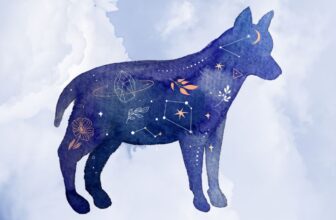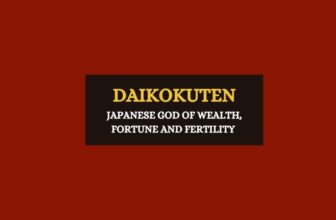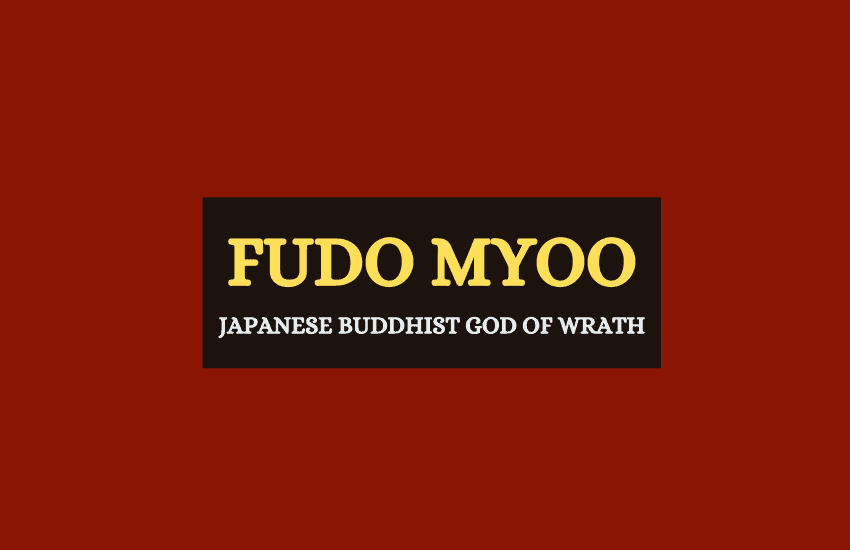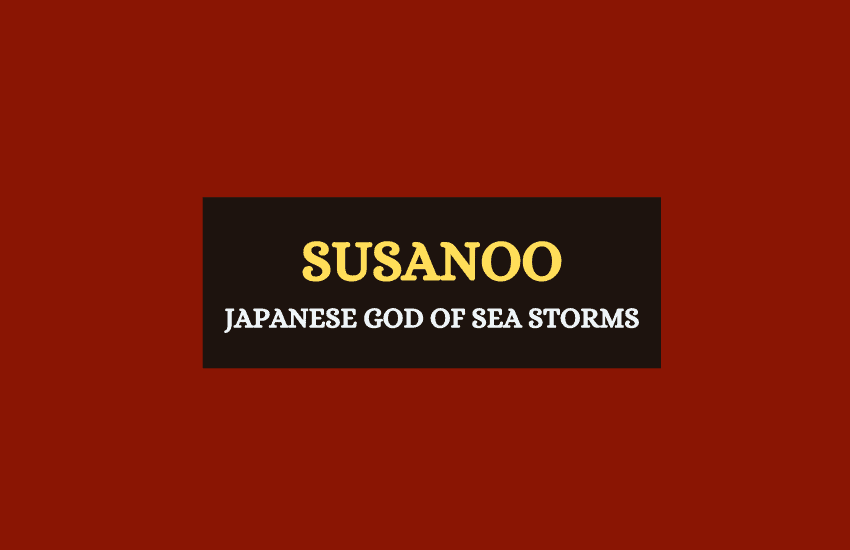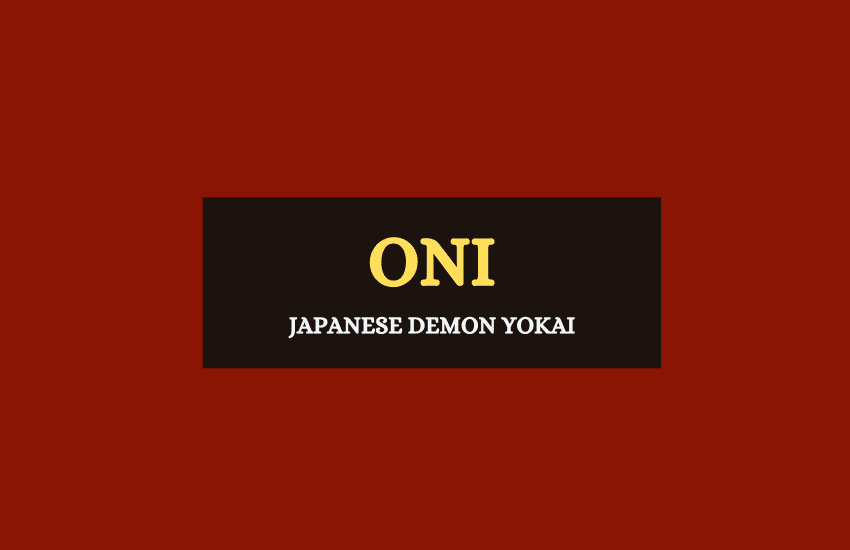
Table of Contents
The oni are often viewed as Japanese demons or evil spirits, or even goblins, trolls, or ogres. These beings are depicted with blue, red, or green face paint, exaggerated facial features with long teeth, tiger pelt loincloths, and heavy iron kanabō club weapons. They’re among the most fearful and strong creatures of Japanese myth.
Who Are the Oni?
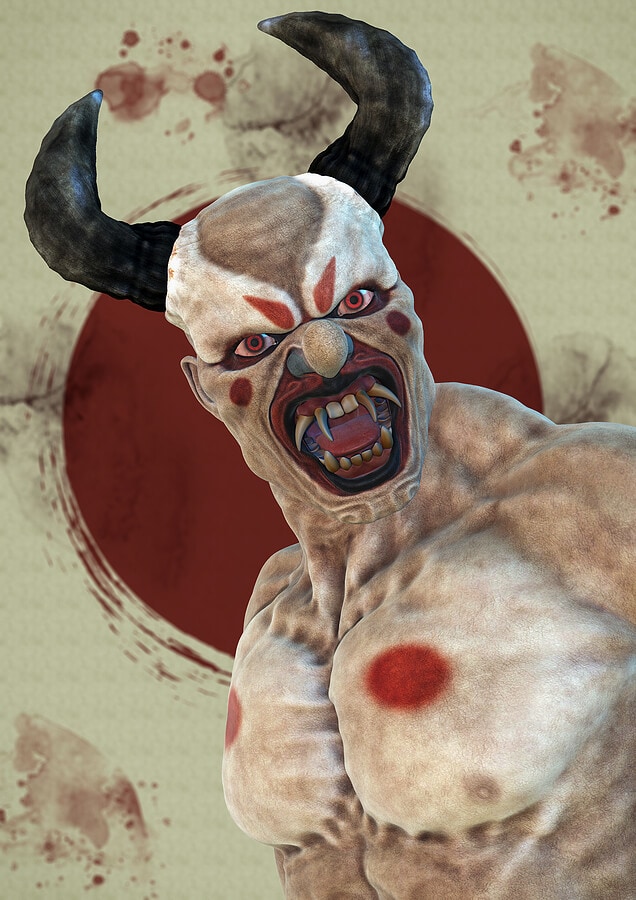
While often viewed as Shinto yokai spirits, the oni come from Japanese Buddhism. Born from the souls of wicked people who died and went to any of the multiple Buddhist Hells, oni are the demonic transformation of said souls.
Instead of people, however, the oni are something entirely different – giant, ogre-like demonic servants of the Buddhist Great Lord Enma, the ruler of Hell. It’s the oni’s job to punish the wicked people in Hell by torturing them in various horrifying ways.
Oni on Earth vs. Oni in Hell
While the above description portrays the oni as simple demons, similar to those in the Abrahamic religions, the oni that most people talk about are different – they are demonic yokai that roam the Earth.
The difference between oni in Hell and oni on Earth is that the latter are yokai born from the souls of people so wicked that they transformed into oni before death. Essentially, when someone is so incredibly evil, they mutate into an oni.
Such Earth-born oni don’t serve the Great Lord Enma directly. Instead, they are mere evil spirits, roaming the Earth or hiding in caves, always looking to attack people and cause mischief.
Are the Oni a Type of Yokai?
If the oni come from Japanese Buddhism, why are they called yokai? Yokai is a Shinto term, not a Buddhist term.
This isn’t really a mistake nor is it a contradiction – the simple explanation is that Japanese Buddhism and Shintoism have co-existed for so long that many of the spirits and minor deities in the two religions have started to mingle. The tengu are a good example of that, as are the oni and many other yokai.
The two religions are still separate, of course.They have just started to share some terms and concepts over the centuries.
Are the Oni Always Evil?
In most Buddhist and Shinto myths – yes.
However, in the last couple of centuries, oni have also started to be viewed as protective spirits – as yokai that would be “evil” toward outsiders but protective toward those living near them. This is another trait the oni share with the tengu – evil yokai that people slowly started warming up to.
In modern times, men even dress as oni during parades and dance to scare away other evil spirits.
Symbolism of the Oni
The oni’s symbolism is quite simple – they are evil demons. Made to torture others as well as to punish the wicked souls from which they are born, the oni are the worst fate that can befall a sinner.
The name oni literally translates as Hidden, Supernatural, Fierce, Wrathful and that’s because the Earth-roaming oni usually hide before attacking travelers.
As for the fact that such oni often attack the innocent – that seems to symbolize a general view about the unfairness of the world.
Importance of Oni in Modern Culture
Oni are often represented in modern manga, anime, and video games in various forms. Usually portrayed as either evil or morally ambiguous, they almost always share the classic physical features of the oni of old.
Some of the more famous titles featuring oni include the anime Hozuki’s Coolheadedness which shows oni in Hell doing their job, the video game series Okami which features oni monsters the player must fight, the LEGO Ninjago: Masters of Spinjitzu, and many others.
The famous Nickelodeon cartoon Avatar: The Last Airbender had one of the main characters dress in robes and a blue-white oni mask, taking the monicker of The Blue Spirit – a protective ninja.
Wrapping Up
The oni are among the most frightening creations of Japanese mythology, and are popular in Japanese art, literature and even theater. They’re the perfect villains, depicted as giant, frightening creatures. While today’s onis have lost a little of their wickedness, they remain among the more malevolent characters of Japanese myth.




